HUAWEI has dived into the laptop market for quite a while with its signature Matebook series. We’ve reviewed both the 2022 Matebook 16s and Huawei MateBook X Pro as part of HUAWEI’s Smart Office lineup highlighting the collaborative features if you are part of the HUAWEI Ecosystem. This year we have a a refresh its Matebook line with the new HUAWEI MateBook X Pro featuring an Intel Core Ultra 9 185H as the brand’s flagship ultrabook.
A Closer Look
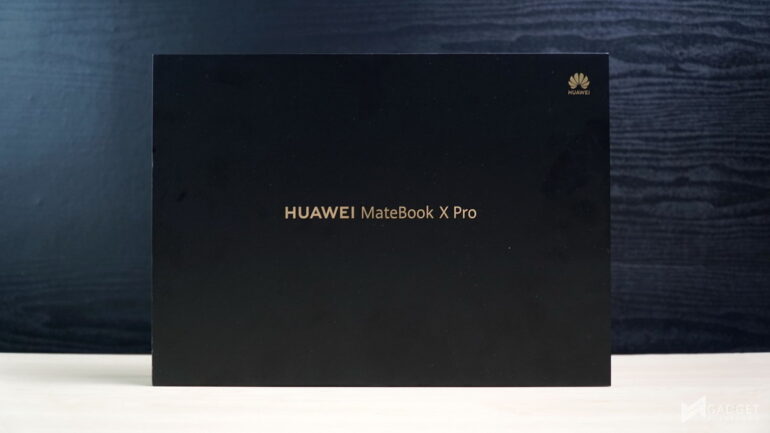
The packaging on the Huawei MateBook X Pro is not your typical laptop packaging with the brown box and handle. Instead, you have an all-black design with gold text and highlights to instill a premium feel to the device.
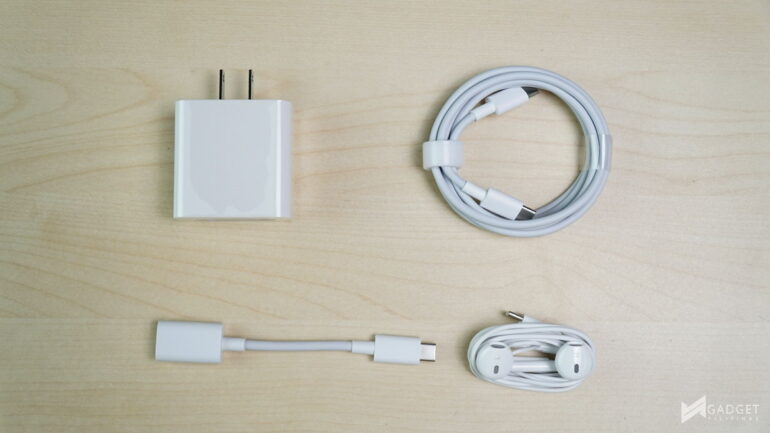
As for accessories, you have the 90W charging adapter with a 2-meter-long type-c to c cable. Huawei also includes a Type-A to Type-C adapter and 3.5mm headphones. The adapter is a nice touch especially for an expensive ultrabook while the 3.5mm headphones are an unusual addition but at least you still get something. That said, I’m quite surprised that there’s no laptop sleeve as it’s the common accessory inclusion, especially for higher-end ultrabooks.
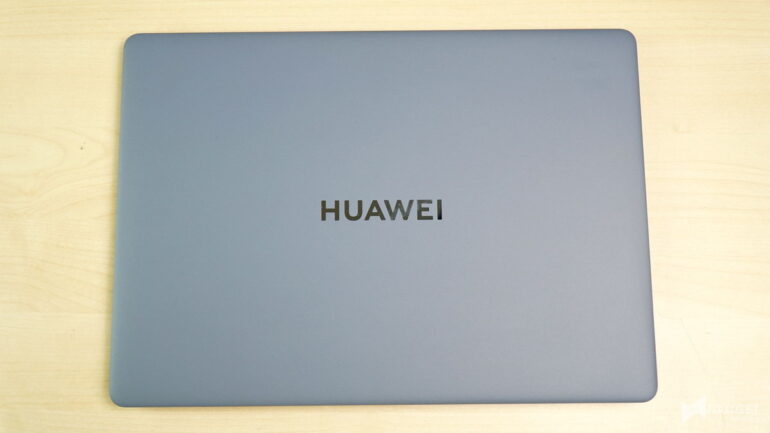
The HUAWEI MateBook X Pro comes in three colorways: White, Black, and Morandi Blue. We have the Morandi Blue colorway for our review sample and depending on the lighting, the colorway may come off as gray with a very faint hint of blue especially in low lighting conditions.
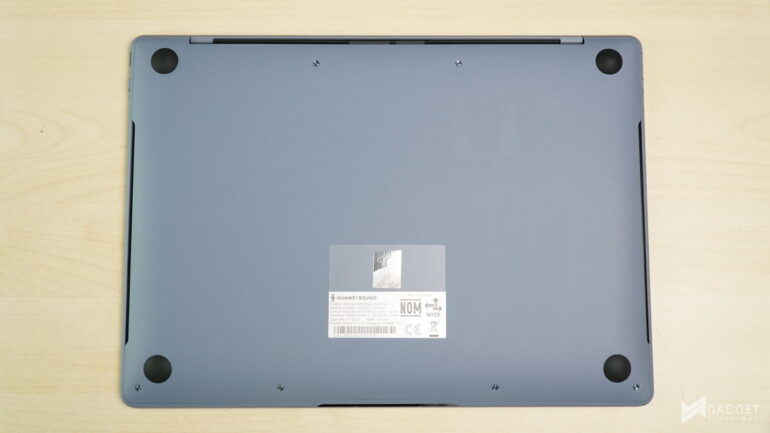
Huawei has made a bold decision not to include vents on the bottom cover as the Shark Fin Fans intake air in a “3D” manner specifically from the sides, front hinge of the screen, and on the keyboard deck. While you are potentially sacrificing extra cooling performance, not having to rely on the bottom for air intake means You could use the HUAWEI MateBook X Pro anywhere even on cloth and mats unlike most laptops.
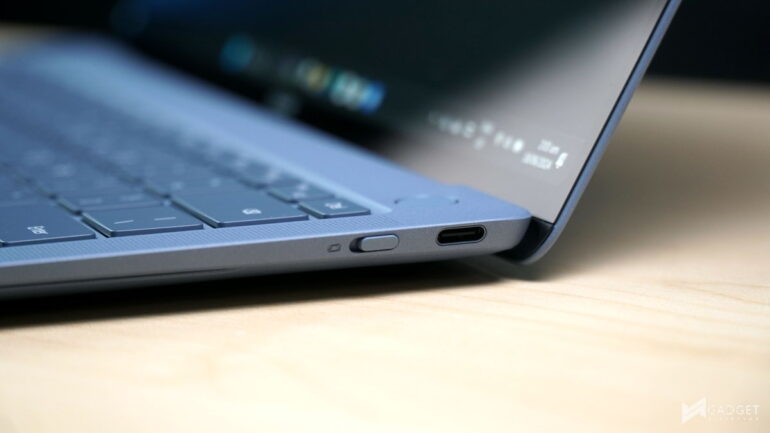
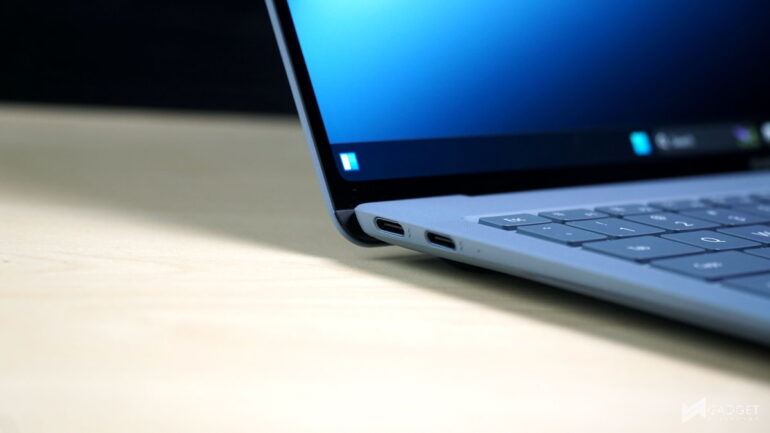
Ports selection are always a drawback when it comes to ultrabooks and the same could be said with the HUAWEI MateBook X Pro with only three USB 3.2 Type-C ports. HUAWEI compensates by having two of the three Type-C port be TB4 compliant. That asid, it would’ve been nice to see a microSD card slot instead of the camera privacy switch.
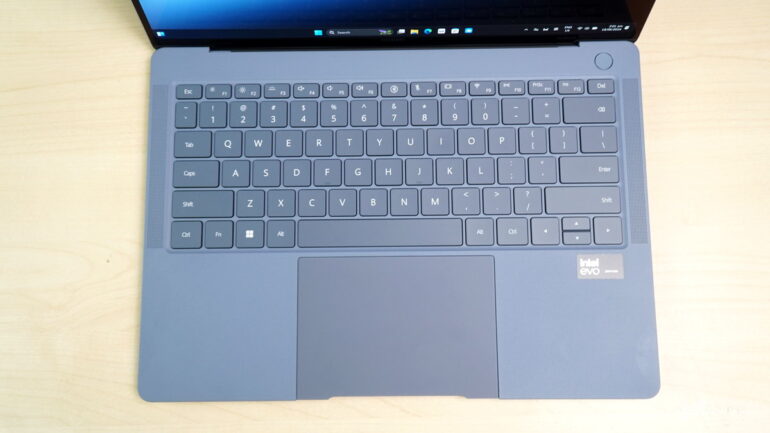
Not much has changed on the keyboard deck of the HUAWEI MateBook X Pro. One noticeable difference is the Blue and Black colorways have a matching colorway with the laptop chassis unlike the white variant and last year’s model.
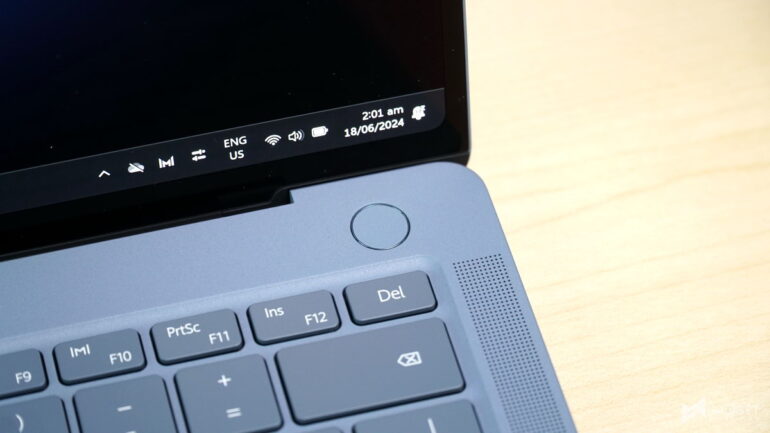
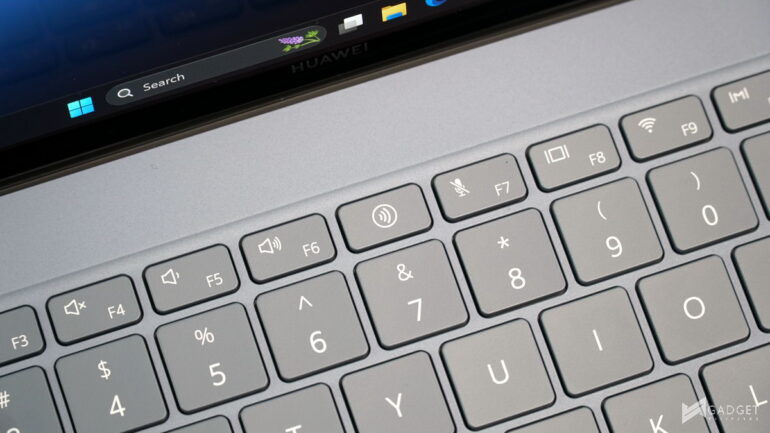
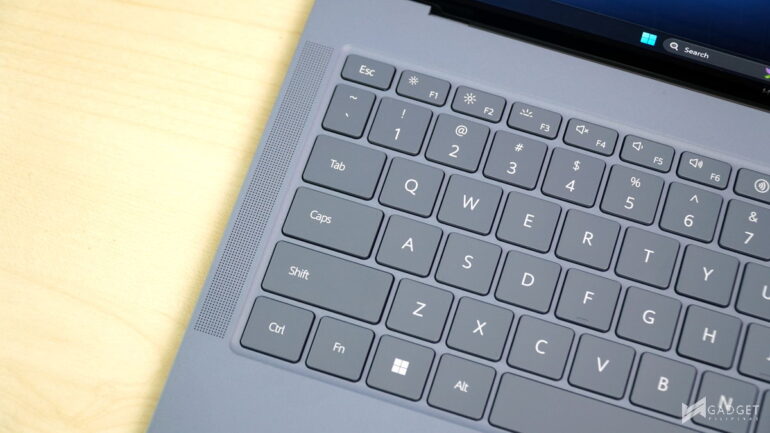
Tactile feedback has definitely improved compared to the 2022 MateBook X Pro that we reviewed. I still don’t like the Huawei Share button located between the F6 and F7 button as it disrupts the natural keyboard layout. HUAWEI also missed the opportunity to double the powerbutton as a finger print button for Windows Hello support.
Display
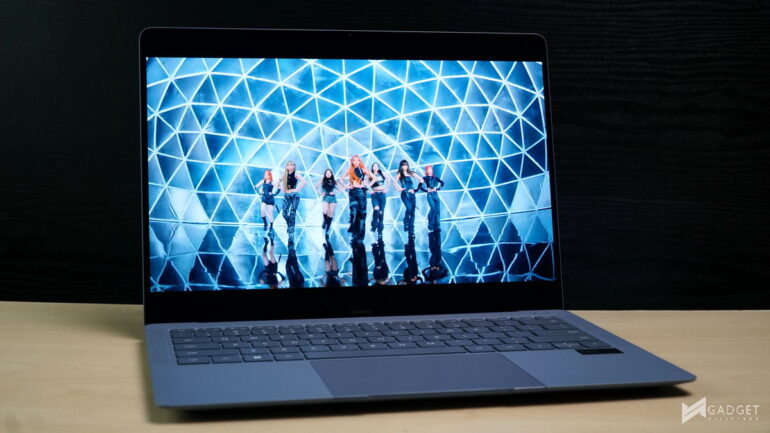
One of the major upgrades on the new HUAWEI MateBook X Pro 2024 model is its display. From a 92.5% SCTBR 3120×2080 90Hz 500-nit IPS display to a 93% SCTBR 3120×2080 120Hz 600-nit OLED display.
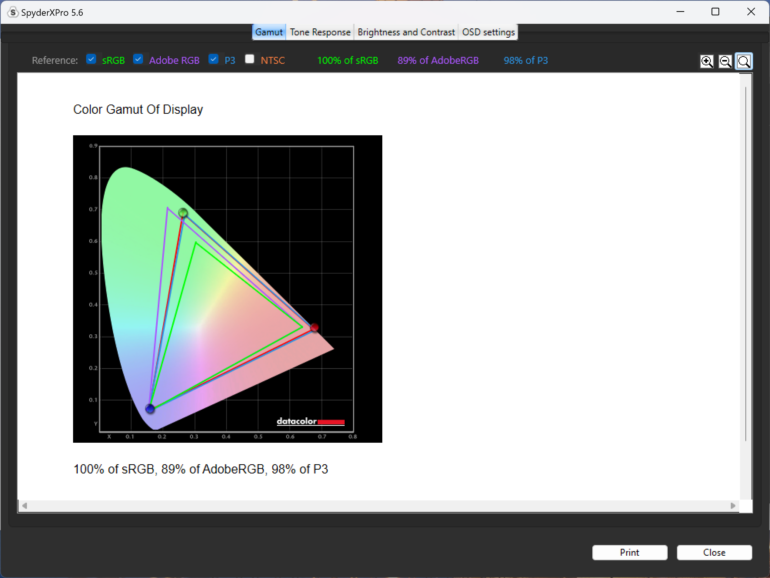
While the IPS display on the previous model is already above average, the upgrade to an OLED display brings better color accuracy, brightness levels and deeper blacks which are all validated by our SpyderX Display Analysis tool. The MateBook X Pro 2024’s display measured 100% sRGB, 89% AdobeRGB, and 98% DCI-P3 making it an ideal device for professional and video editing.
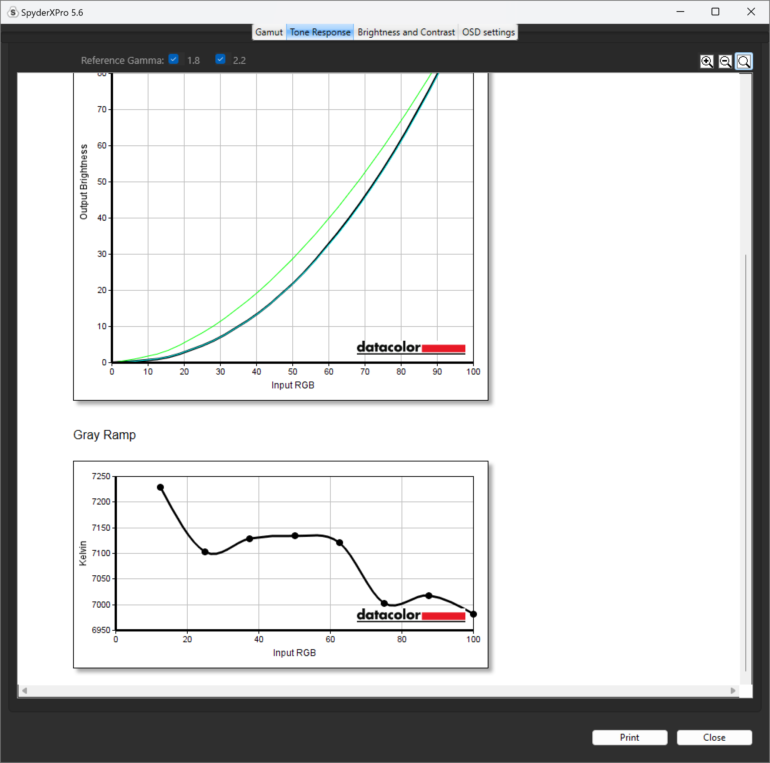
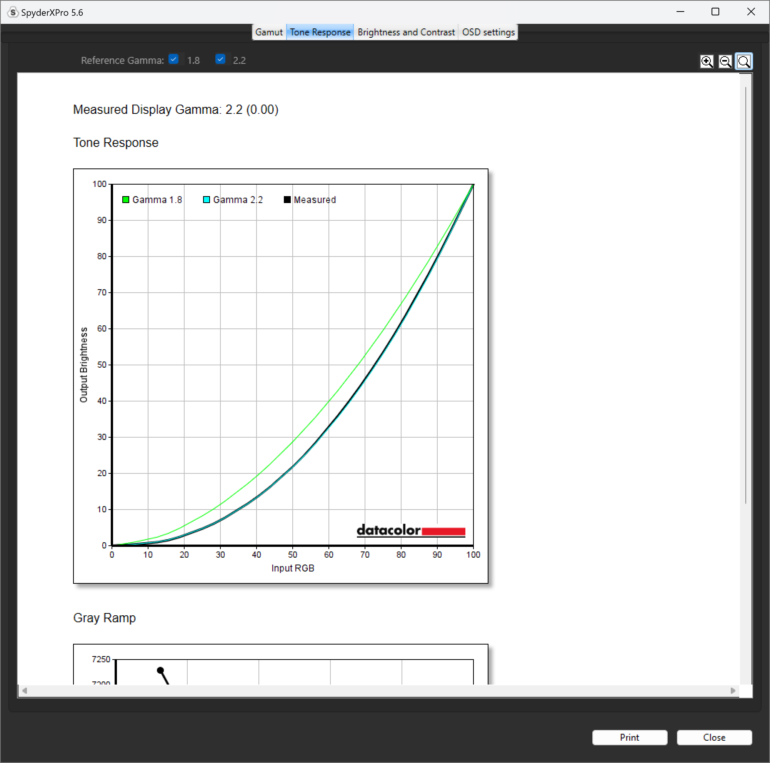
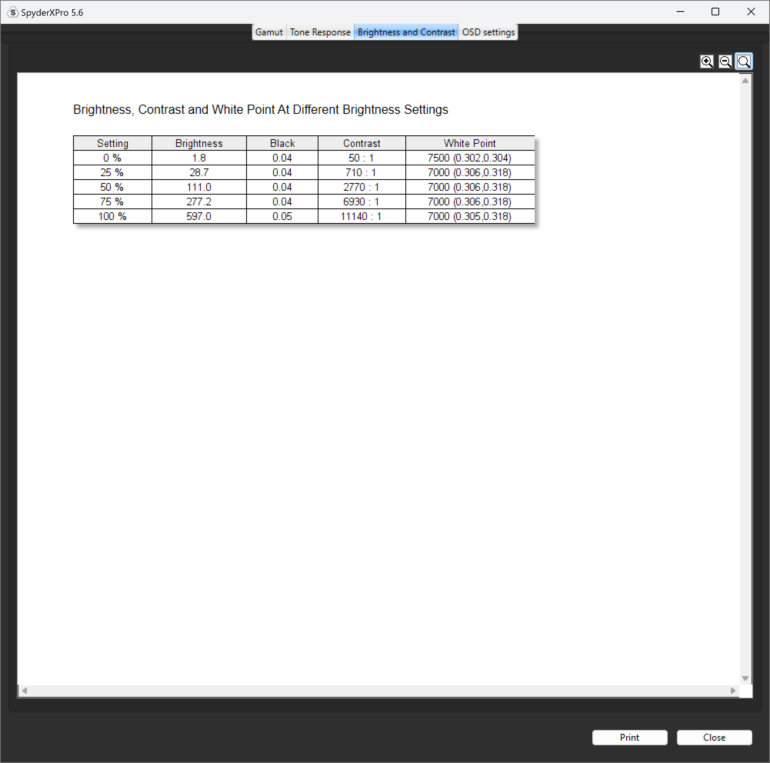
The laptop measured 597 nits at 100% brightness making it ideal for outdoor usage. It also measured a Display Gamma 2.2 thanks to the OLED display resulting in deep blacks.
Huawei PC Manager Software
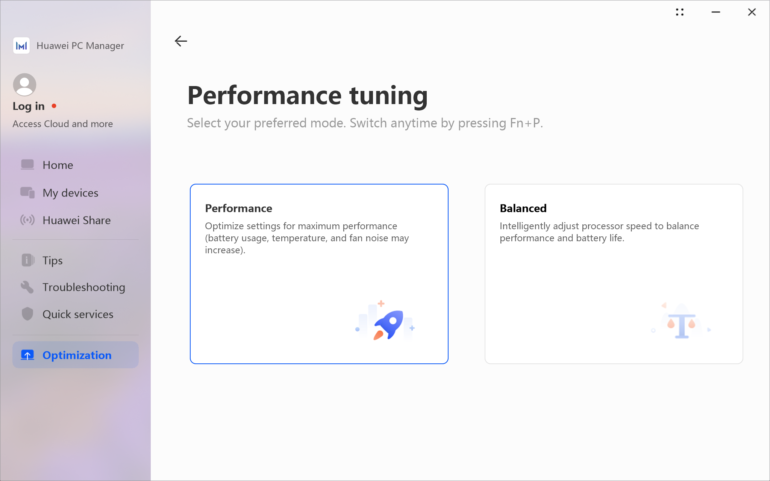
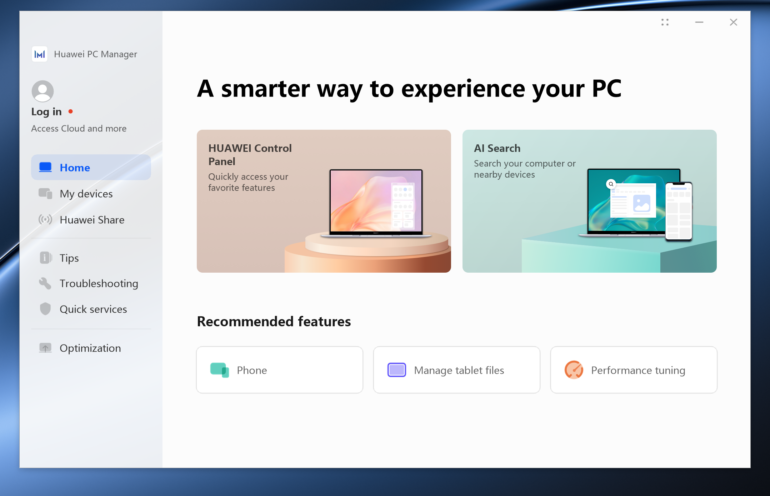
Huawei PC Manager is the all in one software solution to manage your laptop whether it be software updates, performance tuning or managing your devices. The software is obviously tuned for casual users as there are no indepth settings should you want to tune your laptop further especially when it comes to cooling and performance.
Benchmark Setup and Test Methodology
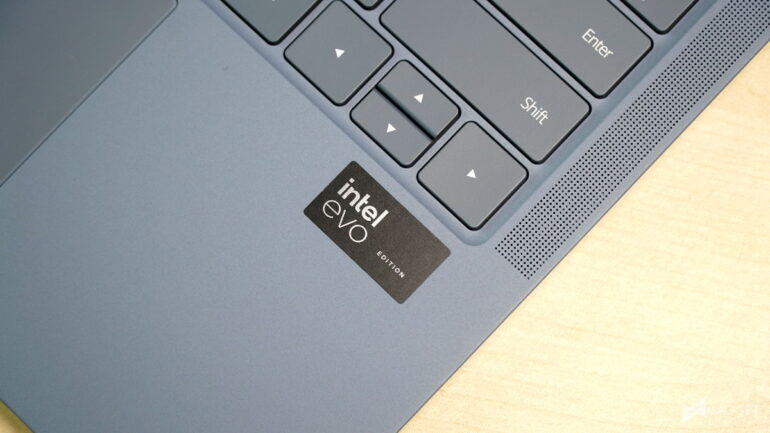
Gadget Pilipinas’ testing philosophy is to provide detail-oriented results as accurately as possible so that our readers can replicate our tests given that these conditions are met. Different benchmarking apps and sequences are used depending on the tested component or device.
We use CapFrameX 1.7.2 Beta as our primary FPS capture and analysis tool for all our gaming benchmarks. The latest build version of Windows 11 Pro and WHQL-certified drivers are used for our benchmarks. Readings such as temperatures and power draws are recorded using HWINFO64, and OCCT Enterprise.
We benchmarked the HUAWEI MateBook X Pro together with its different power settings found in the HUAWEI PC Manager Software – Balanced at Performance. The main purpose of benchmarking power profiles is to show how aggressive or conservative the manufacturer is in terms of thermal management. These profiles will affect the CPU and GPUs’ boosting behavior in terms of duration and max clock speed which will translate to higher scores and stable framerates.
As part of our 2024 laptop benchmark methodology revamp, we’ve changed how these profiles are tested. Synthetic and Productivity benchmarks include all of the power profiles. We decided to drop the silent or power-saving profile for gaming benchmarks as these lowest profiles generally produce unplayable framerates, especially at 1440p and above resolutions.
For more information read our Benchmark Methodology article.
HUAWEI MateBook X Pro Synthetic and Productivity Benchmarks
OCCT Benchmark
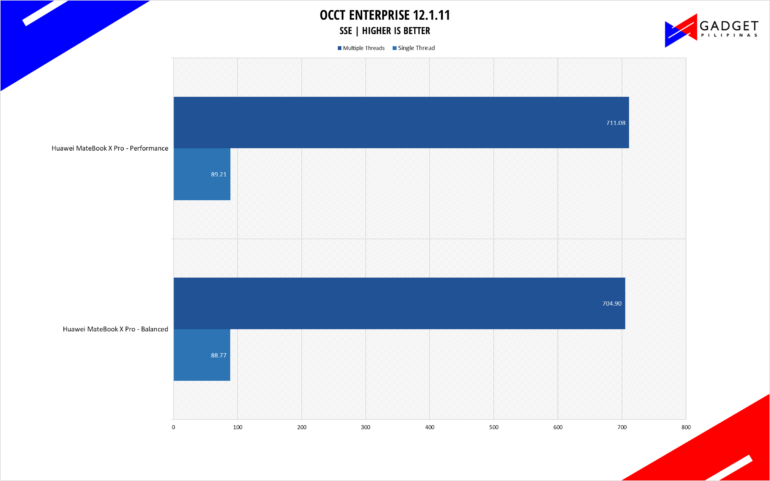
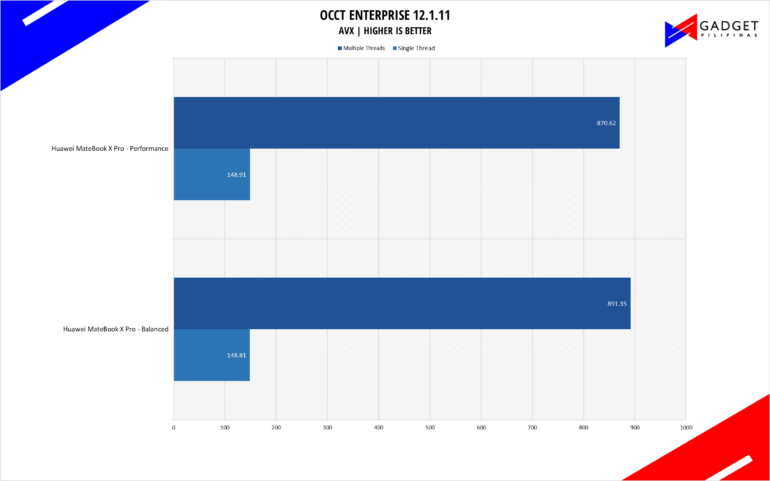
OCCT is a popular benchmark and stability testing tool among overclockers, enthusiasts and system integrators
CINEBENCH 2024
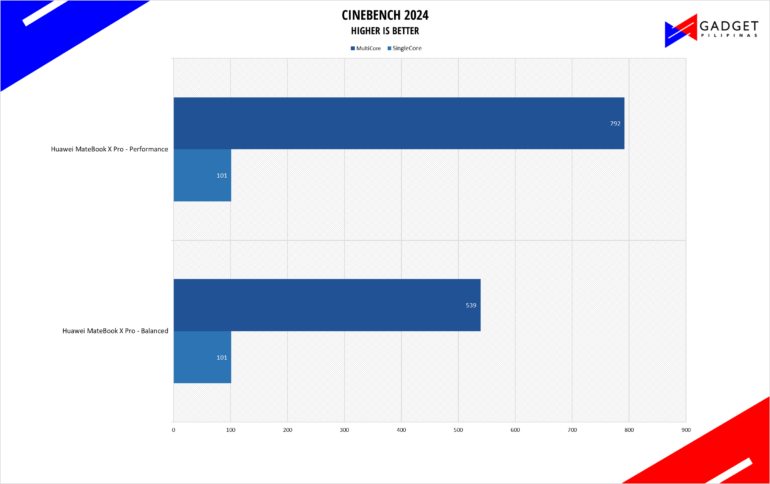
Maxon’s Cinebench benchmark is one of the most iconic benchmark applications used by reviewers and enthusiasts. The latest Cinebench 2024 uses the latest rendering architectures, including Intel’s Embree ray tracing technology and other advanced features from AMD and Intel that allow users to render the same scene on the same hard.
PROCYON
Procyon benchmark suite is developed by the UL, the same team behind 3DMark and PCMark benchmarks. The UL Procycon video editing benchmark uses Adobe Premiere in a typical video editing workflow. The benchmark starts by importing two video project files with various edits, adjustments, and effects – the second project uses several GPU-accelerated effects. Each project is exported in 1080p with H.264 encoding and again in 4K with HEVC H.265. The reported score is based on the time taken to export all four videos.
PCMark10
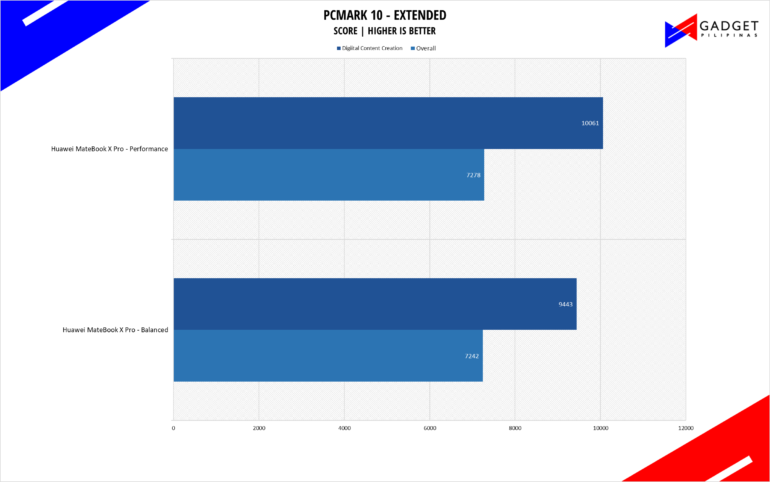
From the same developers of the popular game benchmarking tool 3DMark, PCMark 10 is a benchmarking app for measuring a whole PC’s performance. It covers a wide variety of tests to reflect common tasks performed in a modern workplace. We selected PCMark 10’s extended benchmark and reported both the overall score and the Digital Content Creation Score.
V-RAY 5
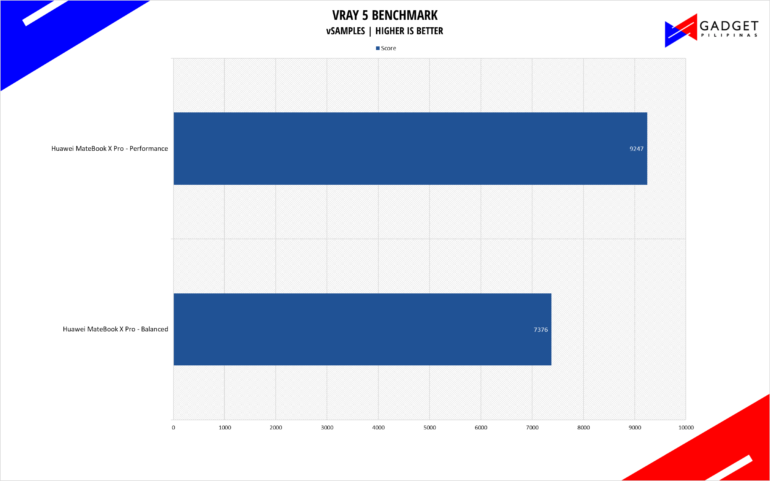
V-Ray Benchmark is a stand-alone version of V-Ray developed by Chaos Group. It is designed to test the CPU and GPU by rendering sample scenes at a fixed amount of time. V-Ray is a plug-in mostly utilized by 3D computer graphics software applications mainly for industrial design, product design, architecture, film, and video game production. V-Ray is not limited to 64 threads as it supports multi and mega-threading.
SuperPI 32M
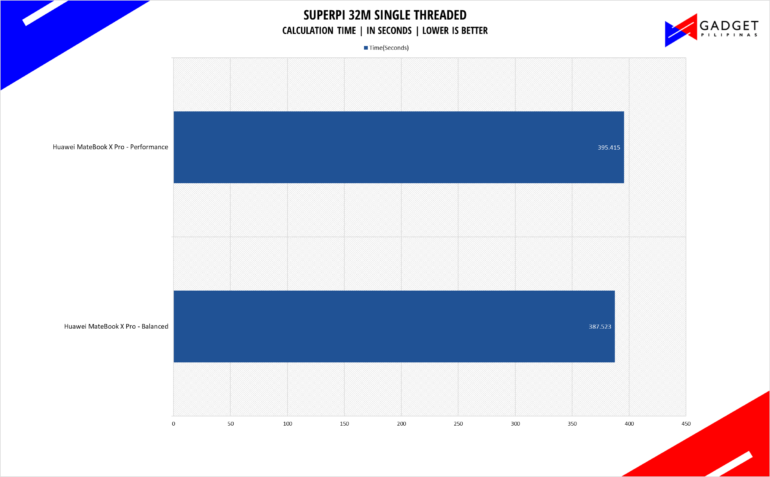
SuperPI is a single-threaded benchmark application that lets the CPU calculate Pi(π) to the nth digit. In this benchmark, we selected the Pi calculation to 32M, the highest available for the app.
wPrime 1024M
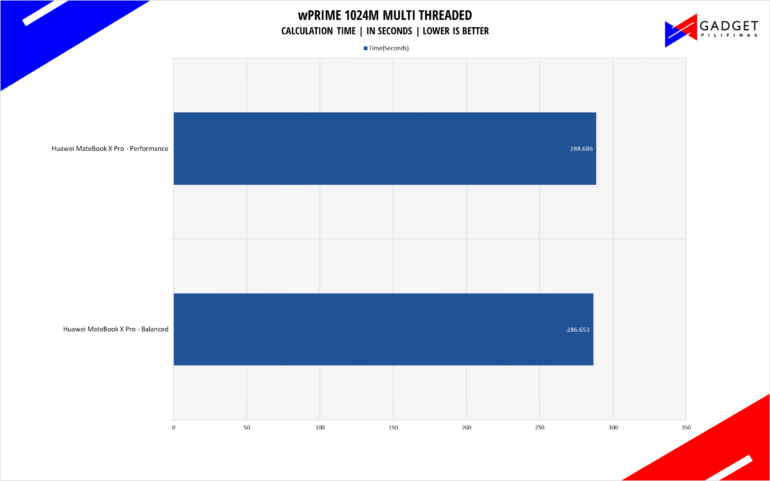
wPrime is a benchmark tool similar to SuperPI, but the former takes on finding prime numbers using Newton’s Method. The benchmark is set to calculate 1024 million prime numbers, and the performance is measured according to calculation time.
GeekBench 6.3
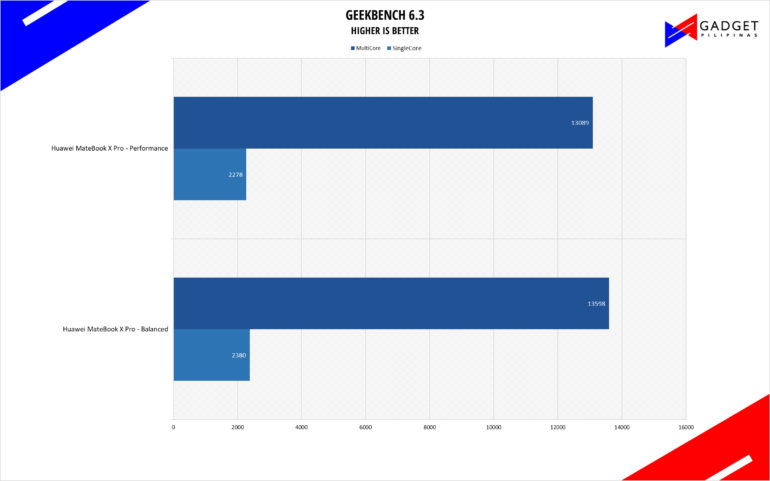
Geekbench is a multi-platform benchmark used to gauge CPU performance and compare them across Windows, Mac, and Mobile. Geekbench 6 is the latest version and doesn’t rely on memory more than the previous Geekbench 4, making it a great tool to measure both single-core and multi-core CPU performance.
3DMark Firestrike and TimeSpy
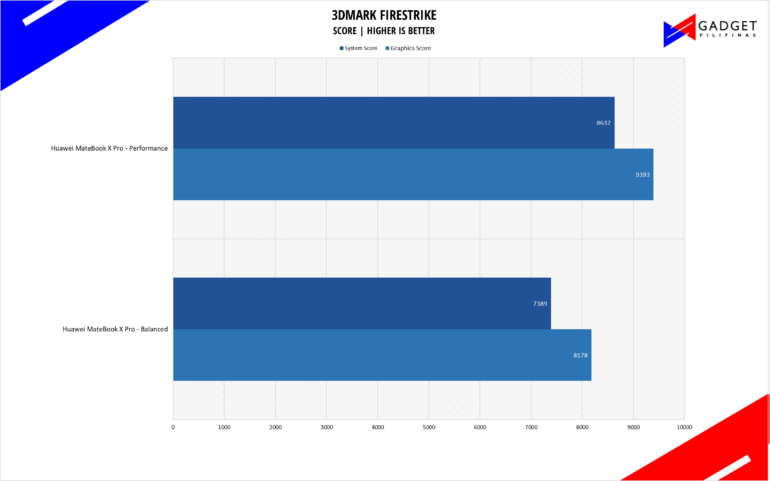
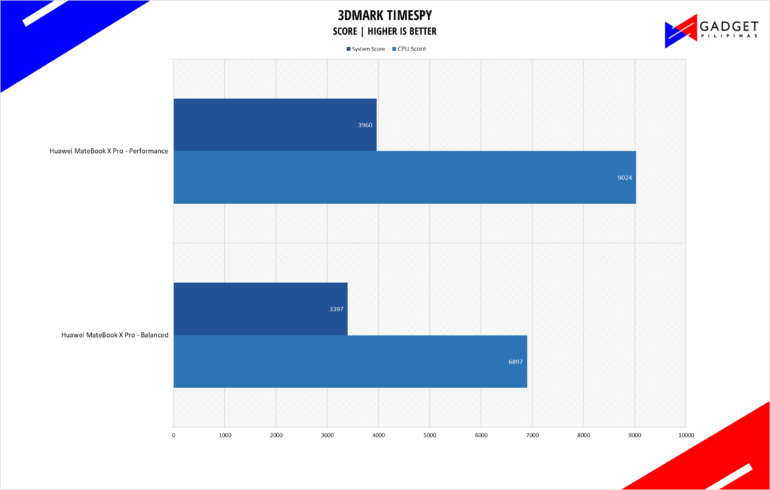
3DMark is the go-to benchmark for gamers because of the ability to share and compare results online. We test GPUs both in DX11 Firestike and DX12 Timespy to get a gauge of the performance.
CORONA RENDERER
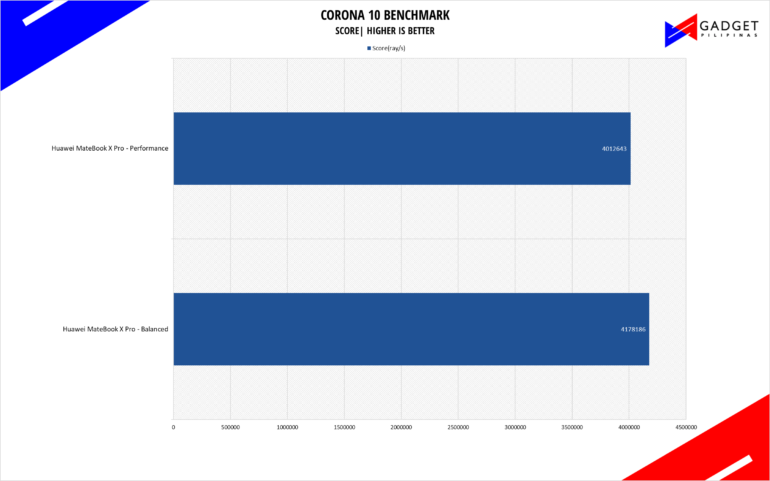
Corona Renderer is an unbiased photorealistic render available for Autodesk 3Ds Max, Maxon Cinema 4D, and as a stand-alone application. Its popularity, similar to Blender, led Chaos Group to develop a benchmark version of the app which runs using Corona Renderer 1.3. Workstation systems, especially CPUs, can utilize Corona Benchmark as up to 72 threads can be used in the benchmark, making it very suitable for CPUs with various price segments.
BapCo CROSSMARK
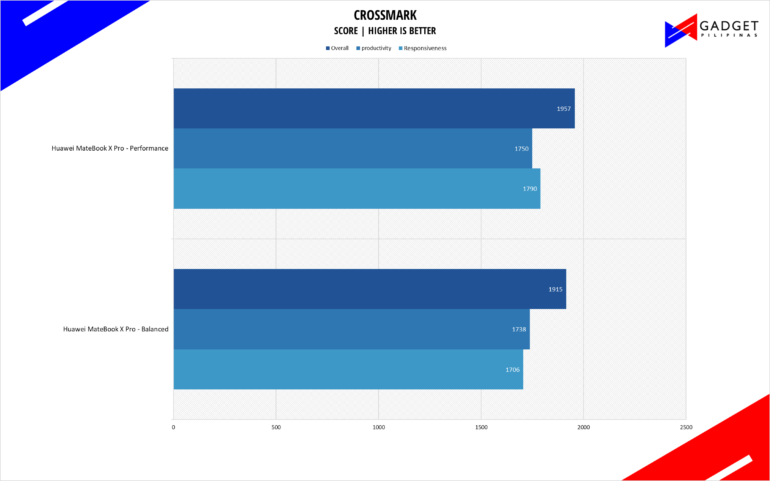
Crossmark is one of the few native cross-platform benchmark tools available for Windows, Android, Linux ChromeOS, iOS, and macOS. It measures overall system performance and system responsiveness using models of real-world applications making it a great comparison point across multiple platforms.
HUAWEI MateBook X Pro SSD Benchmark
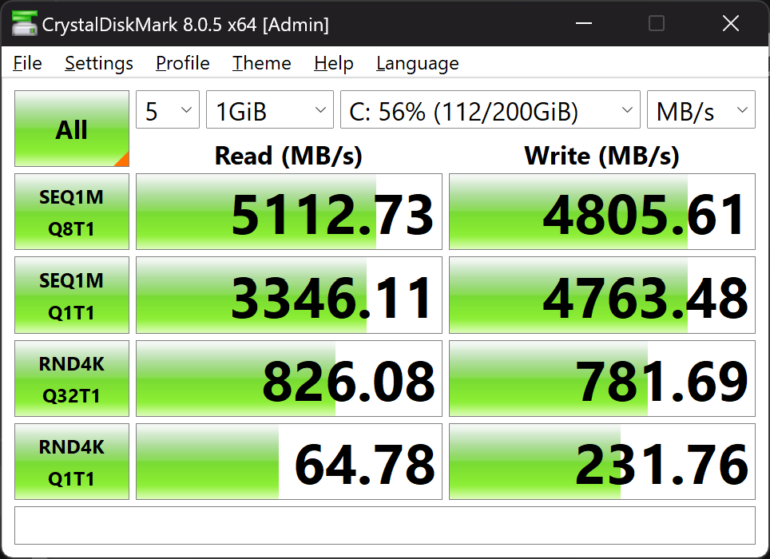
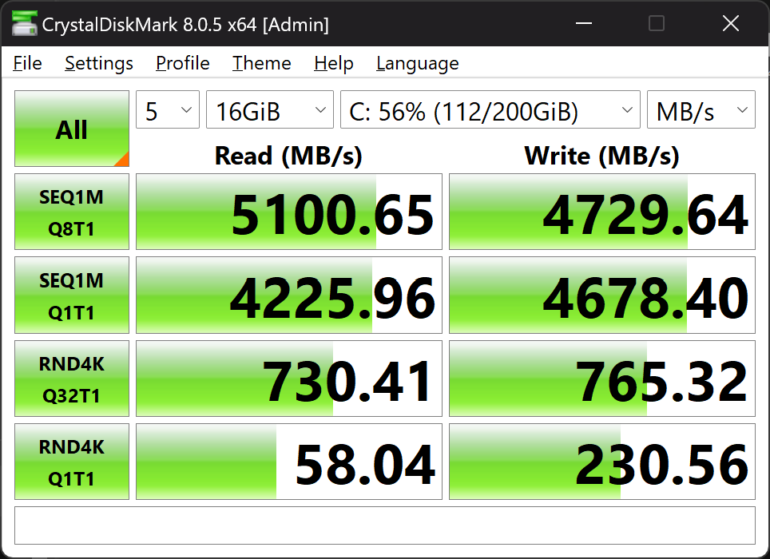
Like most brands, HUAWEI used a WD SN740 2TB SSD rated at 5,150MB/s read and 4,850MB/s write. Our quick CrystalDiskMark benchmark confirms the drive’s rated speed. However, I find it intriguing that HUAWEI outright portioned the drive to 200GB OS(C:/) and 1.64TB. With what we’ve seen so far, Huawei’s approach is geared more towards casual users so the decision to partion the 2TB drive is likely for troubleshooting purposes. When you need a fresh install or hard reset, only the 200GB partion where Windows will be wiped keeping your files under the D:/ drive safe. That said, it’s a double-edge sword as the users will likely fill up the C:/ first and maybe won’t even notice the D:/ depending on their tech literacy.
HUAWEI MateBook X Pro Temperatures
The MateBook X Pro pushes the Intel Core Ultra 9 185H despite it only having a meager 40W TDP. It’s quite intriguing how the MateBook X Pro has a 40W TDP whereas Intel’s specsheet lists a base power of 45W. That said, the CPU’s Turbo PL2 Power Limit is at 80W so you’re still able to squeeze out some performance.
Going back, the 40W TDP listing shows the cooling prowess of the MateBook X Pro. With the CPU bursting to 80W on some workloads, we recorded a peak temperature of 106C under the Performance profile and 104C under the balanced profile – just 4 and 6 degrees under the TJMax.
HUAWEI MateBook X Pro Battery Life
While the relatively low TDP impacts the laptop’s performance, it by far compensates in terms of battery life. The low power consumption results in longer battery life with our tests lasting from 9 to 11 hours depending on the performance profile.
Performance Summary and Conclusion
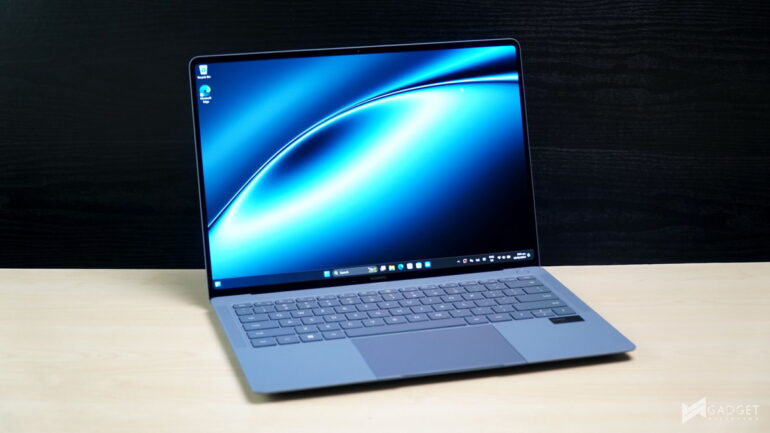
The HUAWEI MateBook X Pro is a well-rounded premium ultrabook with almost little to no faults except for the CPU choice. Sure, the flagship model deserves a flagship processor but not gimping its performance to lower than Intel’s baseline – though in HUAWEI’s defense, the Ultra 9 185H averaged at 50W after PL1 and PL2 boosts which is 5W more than the base power spec. That said, being able to sustain 50W under load makes it less of a big deal than it should be. Another silver lining is the lower wattage contributes to maximizing its 70Wh battery as mentioned earlier.
But why does this CPU choice apart from branding matter? Because of cost. An Intel Core Ultra 9 185H still costs more than the ideal Core Ultra 7 165H which has almost the same specs(core configuration, thread count, and cache) except for the base frequencies and wattage as the Ultra 7 165H has a base power of 28W. HUAWEI could’ve saved up on the costs to bring down the Php 129,999 tag if they went for the Ultra 7 165H while still being able to maintain the same level of performance as its Shark Fan Fin cooling system could clearly handle the 50W sustained load and 80W PL2 bursts.
CPU choice aside, the HUAWEI MateBook X Pro sits at the top among the ultrabooks available in the market thanks to its superb Build Quality with its weight and size, its battery life, OLED display, and specs. The huge bulk of the Php 129,999 SRP comes from being able to pack in such specs and performance in a 980g weight and 13.5mm thin chassis. Sure, you have other ultrabooks that have more IO and have more wattage but that comes at the expense of portability.
Overall, Php 129,999 is a relatively tough pill to swallow as you have even the non-pro MateBook 14 2024 being a viable ultrabook option, especially for casual users. So, if you’re someone who’s already invested in the Huawei ecosystem and is looking for an ultrabook that could provide a premium experience similar to or in some cases better than what Apple offers, then the HUAWEI MateBook Pro X 2024 is a decent investment thanks to its stunning display, portability, and battery life.
Where to Buy HUAWEI MateBook X Pro
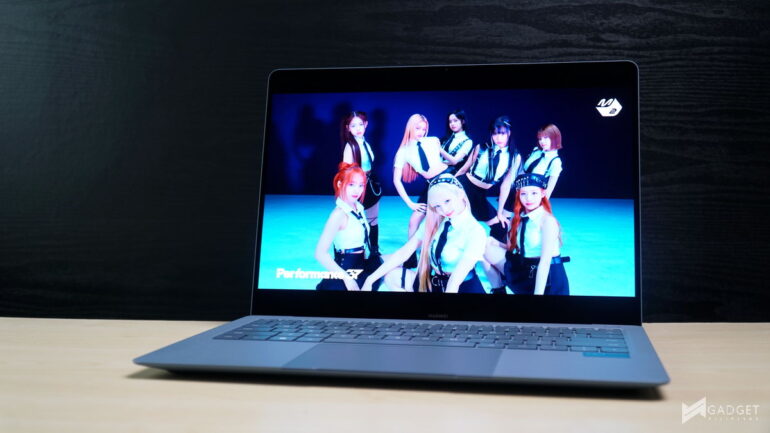
The new HUAWEI MateBook X Pro is available at Huawei Authorized dealers for Php 129,999 alongside the rest of the 2024 MateBook line. To celebrate the launch of the MateBook X Pro, HUAWEI is launching a for those who will purchase the laptop within the promo period. Buyers of the new MateBook X Pro will get a Huawei Vision S 65” TV worth 45,999 until July 31, 2024.
Grant is a Financial Management graduate from UST. His passion for gadgets and tech crossed him over in the industry where he could apply his knowledge as an enthusiast and in-depth analytic skills as a Finance Major. His passion allows him to earn at the same time help Gadget Pilipinas' readers in making smart, value-based decisions and purchases with his reviews and guides.



